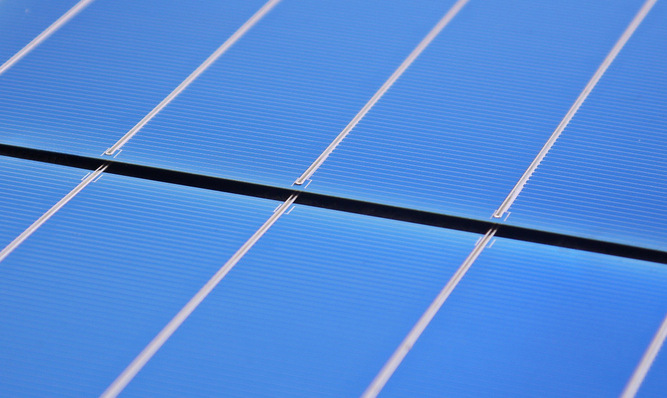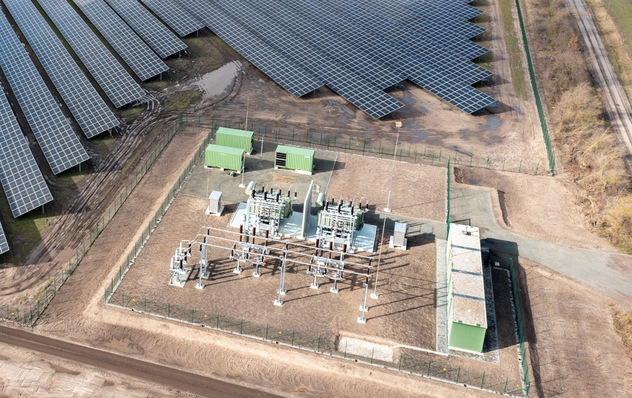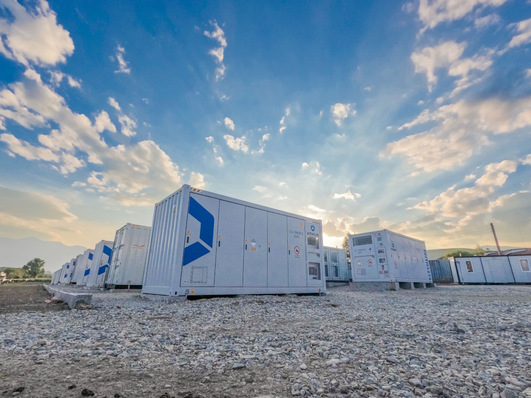“The interest was incredible”, Martin Hackl, Global Director Solar Energy at Fronius said. “We had to 30 to 40 percent more contacts compared to last year”. And even Friday early afternoon crowds of people filled the booth of the Austrian based company.

Smart solutions for the energy transition
As numerous other manufacturers Fronius also widened its solutions range to use PV not only to provide power, but also fossil-free heat and transport, i.e. e-mobility, power-to-heat or power-to-gas or to combine PV with other clean energy sources like wood pellets ovens with a Sterling motor. New products that Fronius was presenting this year were the new GEN24 Plus hybrid inverter with a basis emergency power function, the smart string inverter Tauro for commercial applications with 40 and 100 kW or LUMINA PV, a flexible green power tariff that can be combined with the financing of a solar system and Solhub for dentralized and efficient green hydrogen production.Digitization and high-efficiency solar modules.

Digitization and high-efficieny modules
Hanwha Q-CELLS also presented new solutions for the energy transition as its Q.ENERGY clean electricity tariffs and the Q.HOME cloud for home owners, who have a Q CELLS solar + storage system installed. Stored solar energy can be smartly consumed by the homeowner or – via the energy management software – intelligently, sustainably and cost-effectively utilized via the cloud based system. The homeowner meanwhile, receives the full FIT and simply pays a monthly flat rate. The company also presented its first Q-PEAK DUO L-G5.3BF, which is the manufacturers first ever bifacial solar module, that is also double-glass monocrystalline half-cell module. It has a front side power close to 400W and a rear-side power of up to 280W. According to Ian Clover produces meanwhile by 75% high-efficiency monocrystalline and half-cell solar modules.

Increasing residential system size for more PV applications
Due to the trend for increasing self-consumption also to power electric cars, heat pumps, heating elements or other devices the average residential PV system size is increasing. “Our average inverter system size is meanwhile exceeding 5 kW”, Martin Hackl of Fronius says. “Our average residential system size increased to 4 – 5 kW”, Pol Spronck reports. (HCN)
Stay informed, get our free newsletter twice a week. Register here
More interesting news and conclusions from The smarter E 2019 will follow soon.







